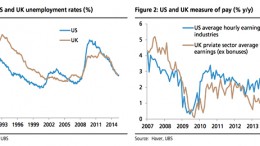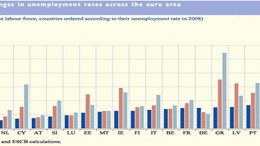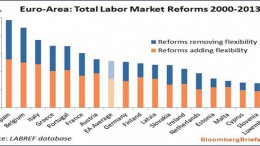Spain’s Labour Market Gets Best Figures In Four Years Thanks To Temporary Work
The amount of unemployed people in Spain – the country’s biggest problem – fell below 5 million in the third quarter of the year, for the first time since 2011. The jobless rate dropped 1.19 percentage points to 21.18%, while the employment rate rose 1%. But the improvement is exclusively due to temporary work contracts.







